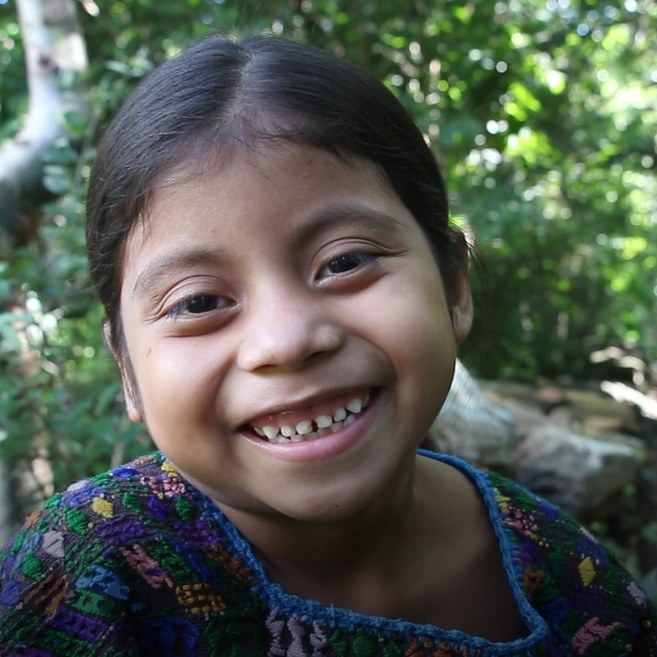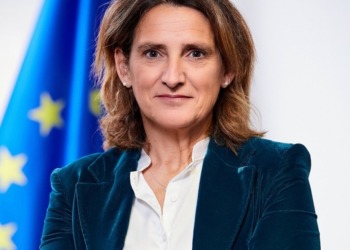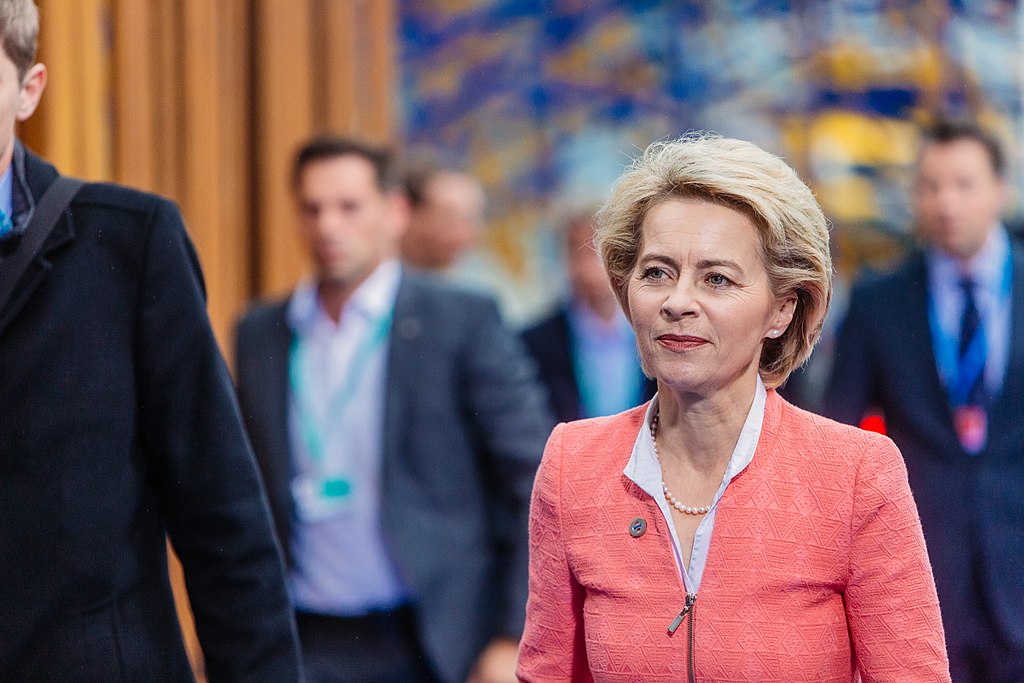Anne Lynam Goddard began her pursuit for protecting the most vulnerable of our world’s children over 30 years ago. A career that started off with volunteering for the Peace Corps and residing in a mud house in Kenya with no electricity has led her to the global humanitarian organization CARE — a job as part of which she spent almost 20 years abroad — and, eventually, to becoming president and CEO of ChildFund International in 2007.
Throughout these 12 years at ChildFund, Anne has implemented a strategy that expanded the organization’s “worldwide efforts to improve children’s health, education and economic conditions,” and has played a pivotal role in promoting other child protection strategies as well as in raising awareness on issues related to children who struggle to find opportunities and means of becoming self-sufficient.
I had a chance to speak to Anne and learn more about her background and work, her opinions on child development and about her future — more specifically, about how she is shaping it.
What do you think started your passion for humanitarian work, and why have you decided to focus on child rights and development?
Anne Lynam Goddard: As a middle of eight children, who migrated when I was three years old to the U.S. from Ireland for economic reasons, I always felt very fortunate that my family was afforded so many opportunities in America — opportunities we would not have had in Ireland at that time. I believe all children should have the same opportunities regardless of where they are born. I have always been interested in social causes and became a social worker after undergrad, investigating child protection cases on behalf of the courts or children. When I was offered the job to lead Childfund, I jumped at the chance as it brought me back to my roots — protecting children and helping them have a chance for a better life.

You started your career by volunteering for the Peace Corps. Do you think that volunteering opportunities such as these are a good form of aid for developing countries? What do you think about the criticism surrounding such volunteer opportunities and the promotion of a “savior-complex”?
ALG: Volunteering through the Peace Corps in Kenya was my first overseas experience, which really opened my eyes as to how half the world lives. During my Peace Corps days, I lived in a remote village, in a very simple mud house, with no electricity and an outside pit latrine for my bathroom.
Peace Corps has three goals as part of their mission for promoting world peace and friendship: provide trained individuals, promote understanding about Americans by others and promote understanding by Americans of people from different countries and cultures. Any Peace Corps volunteer I ever met said the same thing.
The most important thing we accomplished was in the cross-cultural exchange of views and everyday life experiences we shared with the communities, families and individuals where we were posted.
Yes, we provided some needed skills but that was far secondary to the shared understanding and respect that grows between people who not only work together but share the same food, hot sun and hardships. In today’s world where differences between people are exploited to raise fear and distrust of other people and other countries, I remember the friends I made in my African village. I hope they remember the American who worked with them, treated them with respect and shared their pain and their joys.
Volunteer opportunities like this are not only life-changing for both parties but also quite humbling — the opposite of the savior complex. You learn how complicated it is to help people — or, really, to help them help themselves. Even Bill Gates, who not only volunteers his time, but also his money, has learned it is not easy to end engrained, generational poverty. I use my understanding of the complex challenges facing communities every day while I lead a large organization that provides trained individuals (99% nationals of their own country), experiences and resources to help children have a better future.
Throughout your career, you have visited many different countries and have been exposed to a wide variety of issues relating to children. In your opinion, which region or country needs the most attention currently when it comes to child development?
ALG: The worst statistics for development are in sub-Saharan Africa and Southeast Asian countries, where I have seen the lack of nutrition, education and basic health care take a very negative toll on children. But really, issues like poverty and violence affect children in every part of the world, including right here in the United States. Social change of any kind, anywhere in the world, often starts with children and young people.
While there are many challenges, I see many signs of progress — where children’s needs and voices are being heard and channeled into positive change. I travelled to Colombo, Sri Lanka, for the launch of the Alliance of Youth to End Violence Against Children, which was supported by ChildFund.
It was exactly what it sounds like: Hundreds of young people coming together from all around the country to protest violence against children and demand better laws for their protection. It was so inspiring to hear how passionate and articulate they were. When we lift up the smallest among us, we all rise.
What do you think is the greatest problem to address with regard to child development globally, and how would you suggest tackling it?
ALG: An urgent need is protection from violence. ChildFund asked the children we work with about their worries and concerns and many mentioned violence at home and school. Violence against children is often kept a secret, as a family issue or defended as a traditional practice. Yet, more than one billion children experience violence in some form each year, negatively impacting brain development particularly in the first three-five years.
Science is only beginning to fully measure and understand the impact. ChildFund doesn’t need to wait for more research to be conducted, as children already tell us that they are hurting. Therefore, we are starting to integrate child protection into every aspect of our programs around the world.
If children aren’t protected from violence, we risk the value of all the other work we do.
Nutritious food can only go so far in a stomach twisted by fear. It’s hard to concentrate on getting an education when you’re being sexually harassed or bullied at school. A child might have a roof over his head, but if his caregivers neglect or abuse him, it’s not a home.
In India, one of our projects is helping girls avoid child marriage through a surprising source of empowerment: soccer. In Kenya and Zambia, our responsive parenting programs are helping caregivers learn about nonviolent discipline and build healthier relationships with their children. In Honduras, we were part of a groundbreaking project that involved parents and teachers in violence prevention training and led to a 56% reduction in violent incidents at school. Here in the U.S., ChildFund helped draft and introduce a congressional resolution to end violence against children, laying the groundwork for our government to make this issue a top priority.
In relation to our Shape Your Future video series, I would like to ask you one more question — one question to top all others and guide all of us:
“How do you shape your future?”










